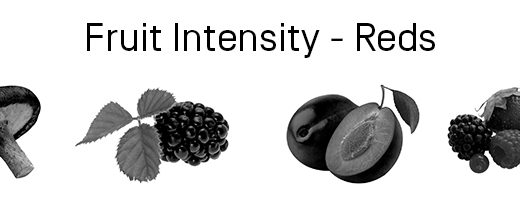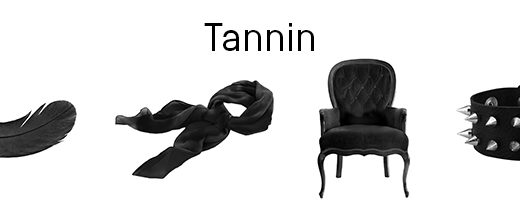We’ve all been there: staring blankly at the shelves in our local wine store, completely overwhelmed by the sheer range on offer. In many ways, this is one of the great things about being a wine fan: you’re simply never short of options. In another sense, it can be really intimidating, as you’re not always whether or not you’re picking the best bottle.
One of the big problems here – and something that newcomers can find really intimidating – is that the names of wines can be really confusing. Half the bottles you’ll come across will have nice, easily-understandable names featuring the main grape varietal used. The other half might be named after chateaus in France, or regions in Northern Spain, or a village in Italy – and this is where much of the fun lies. After all, to the uninitiated, there’s no reason to assume that a bottle labeled Pinot Noir and one labeled Burgundy would have the same type of wine in the bottle – even though that’s almost guaranteed to be the case.
Understanding how wines get their names can really help you out when you’re trying to pick the ideal bottle for a night in, or to share with friends over dinner. However, as we’ve seen, it’s not always the easiest thing to get your head around. As such, we’re going to look at the two main wine labelling types, in order to clear up any doubts.
Wines get their names in two different ways. They’ll either be named after the principal grape varietal used (such as Chardonnay, Pinot Noir, Sangiovese, etc.), or they’ll take their name from the region in which they’ve been produced (Bordeaux, Rioja, Chianti, etc.). As you’ll see from those examples, this generally comes down to a split between the Old World of Europe, and the New World of the Americas, South Africa, Australia, New Zealand and whichever other new countries are producing wines.
New World Wine Labelling
The vast majority of wine producers in New World countries like to keep things simple. On most wine labels from such places, you’ll see the name of the winery, followed by the name of the wine, which in almost all cases, will just be the name of the main grape varietal used. As such, if a wine made in California is made from Zinfandel grapes, the name of the wine is most likely to be ‘Winery Name, Zinfandel’.
Even if the wine is made from a blend of grapes (which is more common than you’d think, especially with red wines), the wine is pretty much always going to be named after the grape which has the greatest prominence in the wine.
Old World Wine Labelling
When we start looking at the great wines of countries such as France, Spain, Italy, and Germany things begin to get a little more obtuse and confusing. This is because wineries in these places tend to name their wines after the region, sub-region, or individual appellation in which the grapes were grown. There’s a good reason for this: winemaking in Europe has always maintained the importance of a sense of place, and Old World vintners will go to great lengths to stress that their Chardonnay grapes, for example, are different from those grown in the town down the road – due to their soil and climatic conditions being different. It’s a concept which is growing ever more important in the wine industry. Indeed, the Old World concept of ‘terroir’ has very much spread across the New World in recent years, too.
As such, a bottle of wine made primarily from Pinot Noir grapes in France can be called a ‘Burgundy’ (so long as it was made in the Burgundy region), whereas if a similar bottle was made in Russian River Valley, California, it would just be called ‘Pinot Noir’.
Learning about wine regions in the Old World can be exhausting, yet it’s also highly rewarding.





